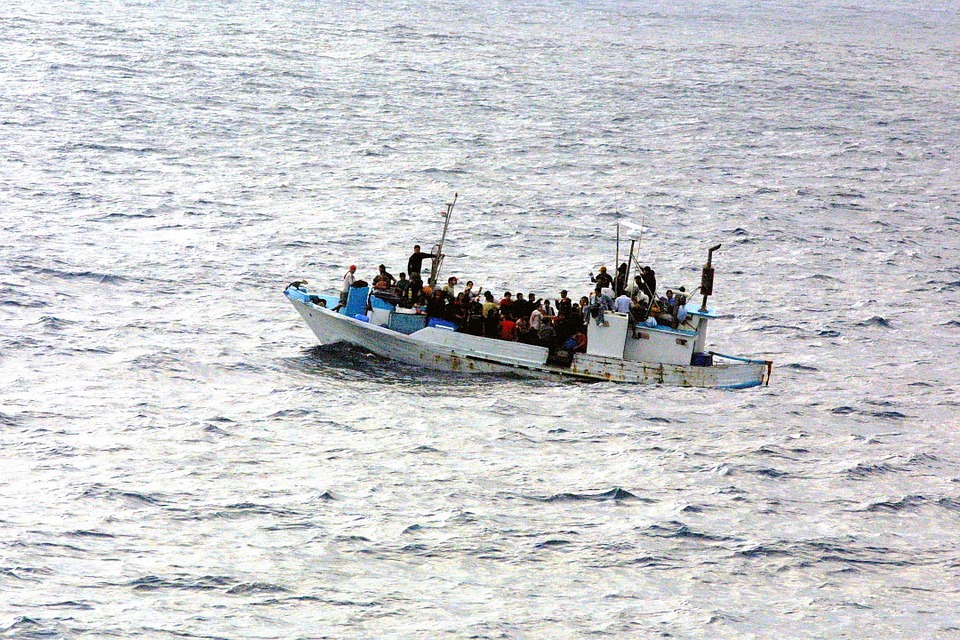The number of irregular border crossings detected on the European Union’s external borders last year fell to the lowest level since 2013 due to a drop in the number of people reaching European shores via the Central and Western Mediterranean routes.
Preliminary 2019 data collected by Frontex, the European Border and Coast Guard Agency, showed a 6% fall in illegal border crossings along the EU’s external borders to just over 139 000. This is 92% below the record number set in 2015.
The number of irregular migrants crossing the Central Mediterranean fell roughly 41% to around 14 000. Nationals of Tunisia and Sudan accounted for the largest share of detections on this route.
The total number of irregular migrants detected in the Western Mediterranean dropped approximately 58% to around 24 000, with Moroccans and Algerians making up the largest percentage.
Despite the general downward trend, the Eastern Mediterranean saw growing migratory pressure starting in the spring. It peaked in September and then started falling in accordance with the seasonal trend. In all of 2019, there were more than 82 000 irregular migrants detected on this route, roughly 46% more than in the previous year.
In the second half of 2019, irregular arrivals in the region were at the highest since the implementation of the EU-Turkey Statement in March 2016, although still well below the figures recorded in 2015 and early 2016 with the situation before the Statement.
Some persons transferred from the Greek islands to the mainland appear to have continued on the Western Balkan migratory route. There has been an increase in detections on the Greek-Albanian border after the start of the Frontex joint operation in May. In the second half of the year, a significant number of detections was reported on the EU borders with Serbia.
In total, around 14 000 irregular crossings were detected at the EU’s borders on the Western Balkan route last year – more than double the 2018 figure.
On the Eastern Mediterranean route and the related Western Balkan route, nationals of Afghanistan and Syria accounted for over half of all registered irregular arrivals.
TOP NATIONALITY
Overall, Afghans were the main nationality of newly arrived irregular migrants in 2019, representing almost a quarter of all arrivals. The number of Afghan migrants was nearly three times (+167%) the figure from the previous year. Roughly four out of five were registered on the Eastern Mediterranean route, while nearly all the rest on the Western Balkan route.
The most recent available data also suggest a higher percentage of women among the newly arrived migrants in 2019. In the first ten months of last year, around 23% of migrants were women compared with 19% in 2018. EU countries counted approximately 14 600 migrant children younger than 14 in the January-October period, almost one thousand more than in all of 2018.
Note: The preliminary data presented in this statement refer to the number of detections of irregular border-crossings on the external borders of the European Union. The same person may attempt to cross the border several times in different locations, meaning that the number of detections is likely to be higher than the number of individual migrants.
frontex.europa.eu
pixabay.com


















